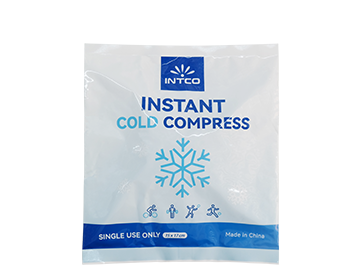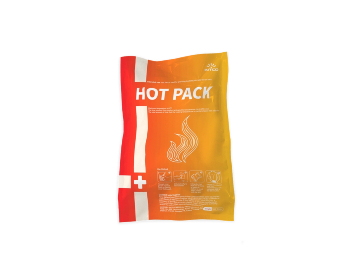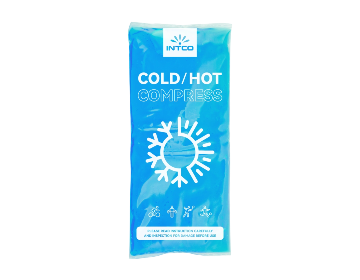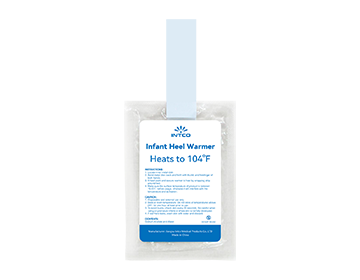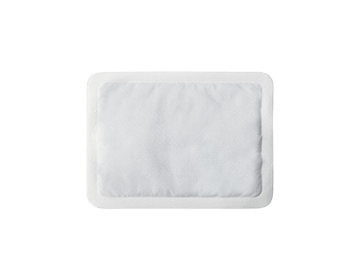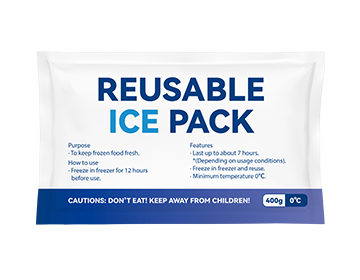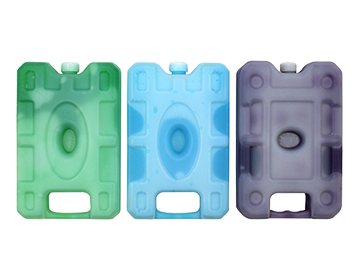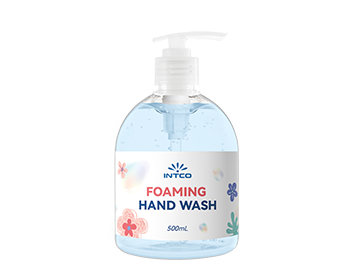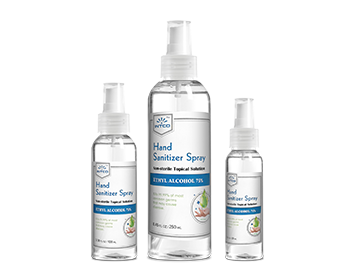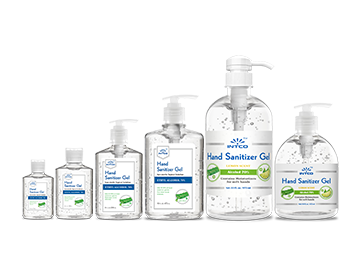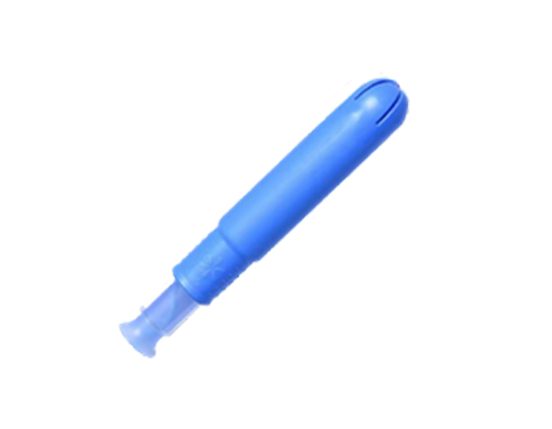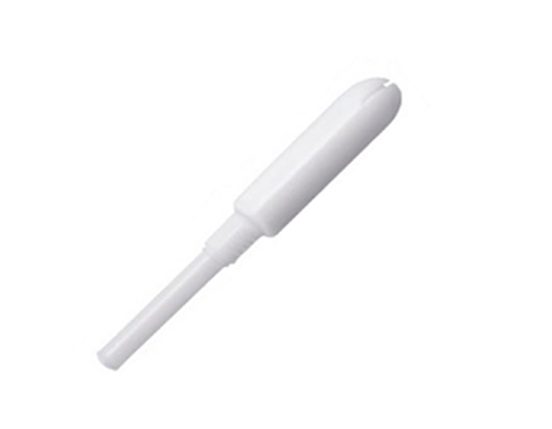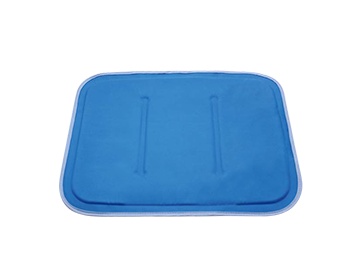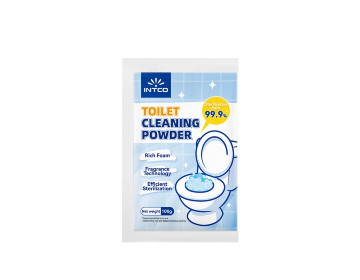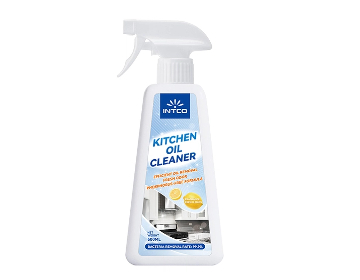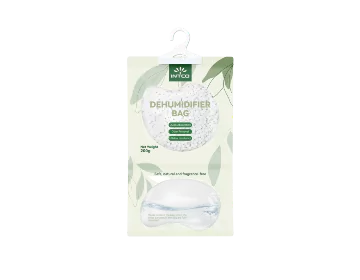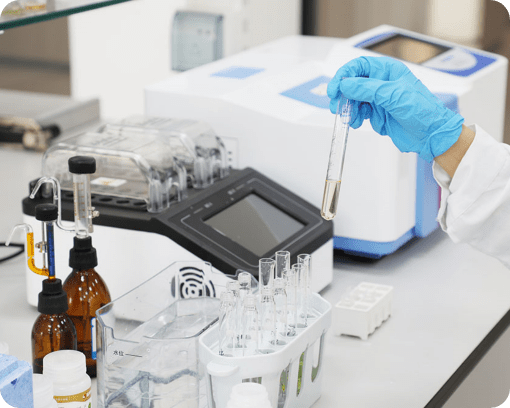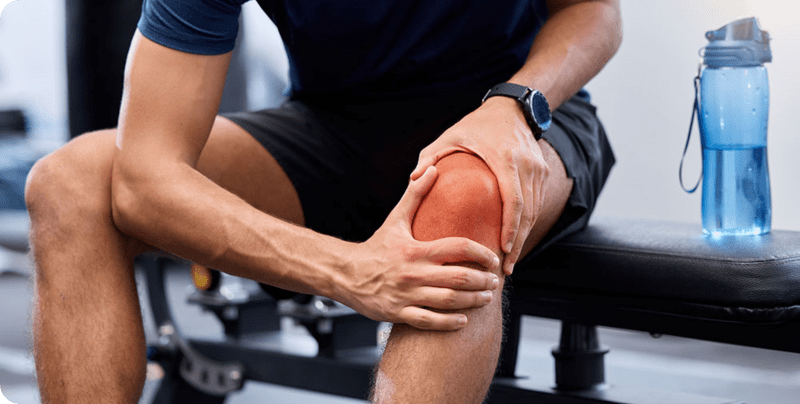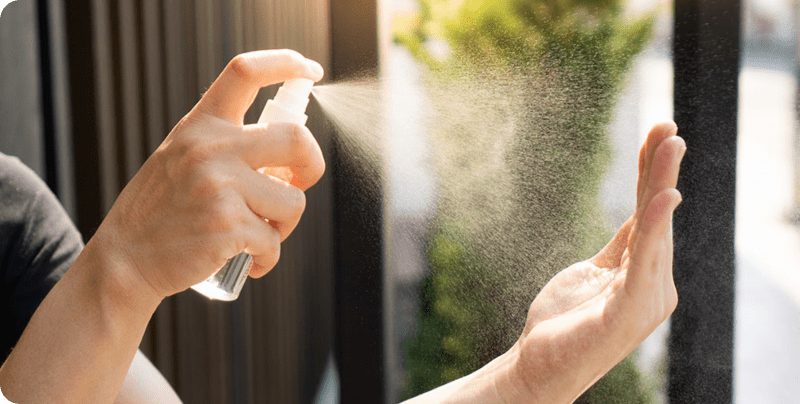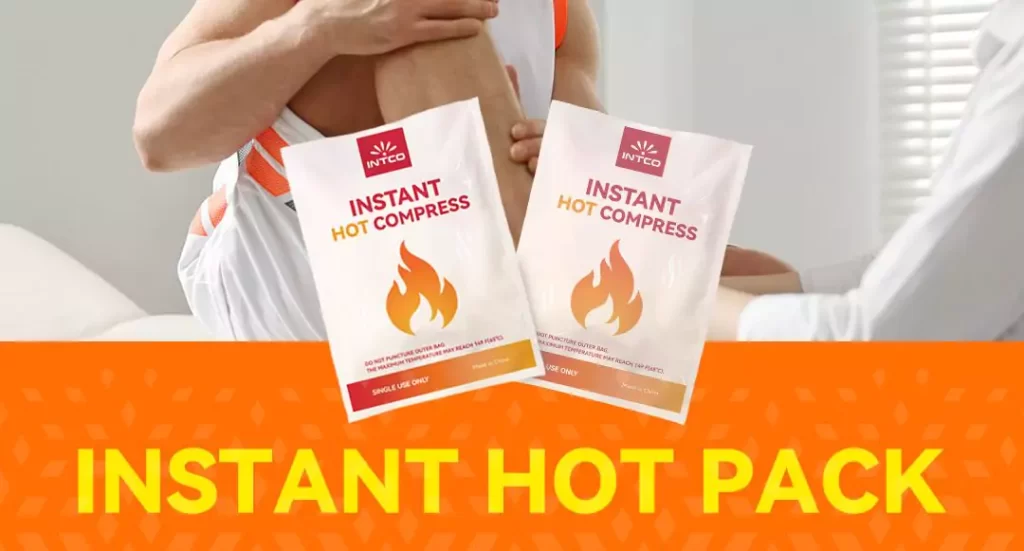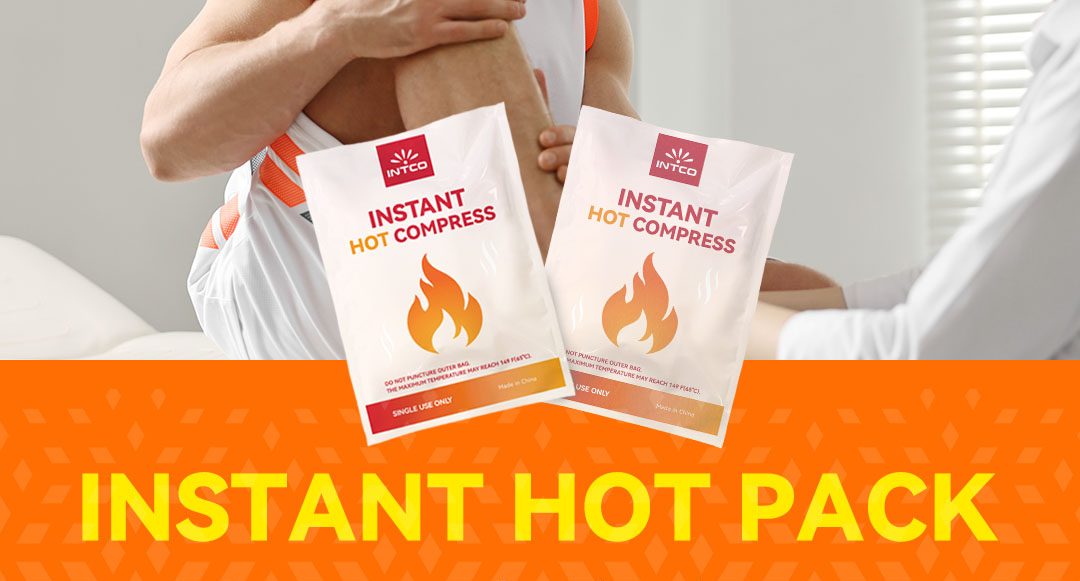Why Instant Heat Packs Are a Must-Have for Travel and Outdoor Adventures
Introduction
When venturing into the great outdoors, maintaining body warmth isn’t just about comfort—it’s a safety necessity. According to a study published in Wilderness & Environmental Medicine, hypothermia accounts for nearly 20% of wilderness injuries. Instant heat packs have become an essential tool for outdoor enthusiasts, providing reliable, portable warmth without the need for electricity or open flames.
Unlike traditional warming methods that require preparation or fuel, modern instant heat packs use innovative chemistry to deliver safe, consistent heat exactly when needed. This comprehensive guide explores the science behind these packs, their advantages over alternatives, and why they should be in every adventurer’s gear checklist.
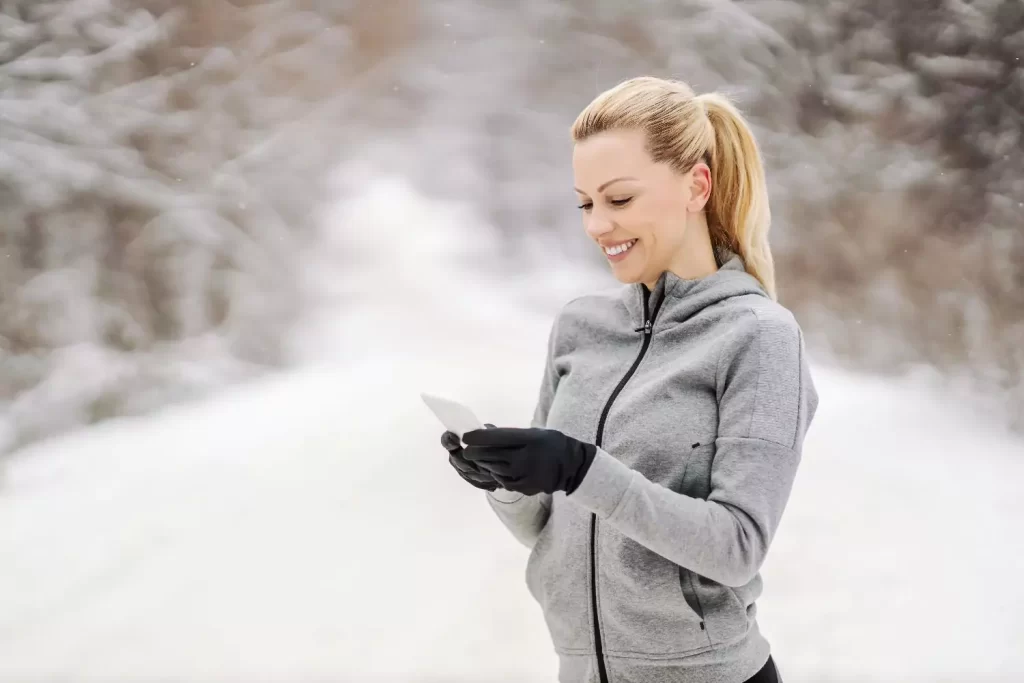
The Science Behind Instant Heat Packs
How Water-Activated Heat Packs Work
Instead of relying on iron oxidation, many instant heat packs now utilize an exothermic reaction between magnesium sulfate (Epsom salt) and water. When the internal water pouch is squeezed or broken, it mixes with the magnesium sulfate, producing a rapid and safe heat burst.
This reaction is:
· Immediate: Heating begins within seconds after activation
· Self-contained: No need for external air exposure
· Consistent: Maintains warmth for 20 minutes to over 1 hour depending on the formulation
Studies on chemical reaction-based warming solutions (e.g., Journal of Thermal Biology) show this type of pack can safely reach temperatures of 104–122°F (40–50°C)—ideal for first aid and outdoor use.
Temperature Regulation and Safety
According to findings in Burns & Trauma:
· Magnesium sulfate packs maintain skin-safe temperatures
· They pose minimal risk of burns when used properly
· Safer than liquid-fueled or electric warmers in moist or enclosed environments
Instant Heat Packs vs. Traditional Warming Methods
|
Feature |
Water-Activated Heat Packs |
Iron-Based Warmers |
Electric Warmers |
Hot Water Bottles |
|
Heat Duration |
20–60 minutes |
4–12 hours |
2–5 hours |
1–3 hours |
|
Activation Time |
Seconds |
10–30 minutes |
Instant |
5+ minutes |
|
Reusability |
Single-use |
Single-use |
Rechargeable |
Reusable |
|
Weight |
2–4 oz |
1–3 oz |
6–12 oz |
12–24 oz |
|
Safety |
Excellent |
Good |
Good |
Fair |
Data compiled from outdoor safety studies and product testing.
5 Key Benefits of Instant Heat Packs for Outdoor Use
1.Fast, Controlled Warmth in Emergencies
· Heat activates within seconds after water and salt react
· Effective for preventing hypothermia or shock after exposure
2.Compact and Portable
· Slim, lightweight design (as little as 2 oz)
· Easily fits in emergency kits, gloves, or outerwear pockets
3.Power-Free Operation
· Requires no batteries or electrical source
· Perfect for remote environments or unpredictable weather
4.Safe and Targeted Heat Delivery
· Ideal for focused warming (e.g., hands, neck, joints)
· Some versions come with wrap attachments or adhesive backing
5.Travel and TSA-Friendly
· No flammable components—TSA-approved for carry-on
· Great for winter tourism or business travel
Choosing the Best Heat Pack: Buyer’s Guide
1.By Duration
· Short (20–30 mins): For quick warmth during breaks or mild exposure
· Medium (30–60 mins): For outdoor work, hiking, or medical kits
· Longer-lasting (>60 mins): Specialized packs with extended reaction chambers
2.By Heat Intensity
· Mild (104°F): Safe for sensitive skin
· Medium (113°F): General outdoor use
· High (120°F+): For emergencies or outer layer heating
3.Specialty Types
· Squeeze-to-Activate Packs: Great for emergencies or sports injuries
· Adhesive Patches: Attach directly to inner layers for core warmth
· Multi-zone Body Warmers: Larger surface area for torso and back
Top Use Cases for Outdoor Adventures
1.Winter Hiking and Mountaineering
· Restore hand and foot function
· Fight wind chill and sudden temperature drops
2.Cold-Weather Camping
· Use inside sleeping bags
· Ideal for warming after river or snow exposure
3.Snow Sports (Skiing/Snowboarding)
· Revive fingers or toes during lodge breaks
· Keeps you nimble and focused on slopes
4.Emergency Preparedness Kits
· A must for vehicle emergency kits
· Trusted in disaster relief and first responder gear
5.Winter Travel & Sightseeing
· Slim enough for coat pockets
· Provides warmth when electronics fail in extreme cold
Proper Usage Tips for Maximum Effectiveness
1Activation Technique
· Firmly squeeze the internal water pouch to rupture it
· Shake lightly to mix and initiate heating reaction
2.Optimal Placement
· Use between clothing layers
· Avoid direct prolonged skin contact with high-heat packs
3.Storage and Handling
· Store in a dry, cool place
· Do not puncture or expose to moisture before use
4.Safety Guidelines
· Never attempt to reheat or reuse
· Always test on small skin area if sensitive
Frequently Asked Questions
Q1: How long does it take to heat up?
A: Most water-activated packs reach effective warmth within 5–15 seconds.
Q2: Can it be reused?
A: These are single-use devices due to irreversible chemical reactions.
Q3: Are they eco-friendly?
A: Many modern packs are made with biodegradable or recyclable materials—check packaging for details.
Q4: What’s the shelf life?
A: Typically 2–4 years if stored in unopened, sealed condition.
Conclusion: Instant Warmth for Every Expedition
Instant heat packs powered by water and magnesium sulfate offer a reliable, fast-acting solution for outdoor cold protection. They eliminate the need for bulky gear or risky heat sources, making them ideal for hiking, camping, skiing, or emergency kits.
Partner with INTCO Healthcare for Custom Heat Packs
Looking to develop your own line of instant heat packs?
INTCO Healthcare provides professional ODM/OEM services including:
· Innovative magnesium sulfate–based heating technology
· Custom shapes, packaging, and branding
· Bulk production and private label support
· Solutions tailored to outdoor gear, first aid, or travel retail
📩 Contact us today to design your branded heat pack line and bring warmth to your customers—wherever they go.

